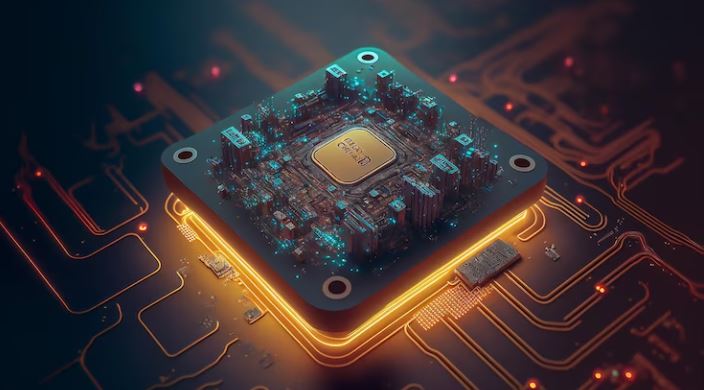Component Technology
Component technology refers to a software development approach that focuses on building software systems by assembling pre-built and reusable software components. In this context, a component is a self-contained, modular unit of software that encapsulates specific functionality and can be easily integrated into larger software systems.
Components are designed to be independent, reusable, and interchangeable. They typically have well-defined interfaces, making it easier for developers to understand how to use them and integrate them into their applications. This promotes code reusability and simplifies the process of software development, as developers can leverage existing components instead of building everything from scratch.
What is Component
In the future, software systems will be created by putting together helpful software pieces that work together. These pieces, called components, can come from different sources and have different functions. However, they will all follow a standard way of interacting with other components. Tools will be used to gather information about these components, making it easier to put them together. When the final system is ready, the components will be arranged correctly and deployed on any platform.

Components are like special objects that are designed for specific tasks and can be used over and over again. They have built-in behaviors that can be reused. The details of how they work are hidden, but they have clear rules for how they can be used. These rules are called interfaces, and they determine how components can connect and work together. Interfaces provide a way for different parts of the software to communicate with each other. In a component-based approach, developers and users communicate through these interfaces, allowing them to collaborate and work together effectively.
Table of Contents
Abstract
Component technology is an abstract concept that refers to the approach of building software systems by assembling pre-built and reusable software components. It involves breaking down a complex system into smaller, self-contained modules or components that can be developed, tested, and maintained independently. These components encapsulate specific functionalities or services and have well-defined interfaces for interaction with other components.
The abstract nature of component technology lies in its ability to provide a high level of abstraction and modularity in software development. Developers can focus on designing and implementing individual components without being concerned about the underlying complexities of the entire system. By abstracting the details of component implementation, developers can reuse components in different contexts, leading to increased productivity, reduced development time, and improved software quality.
Benefits of Component technology
Component technology offers several benefits:
- Components can be reused in different applications or projects, saving time and effort in development.
- Components can be developed using different technologies or programming languages and still work together seamlessly.
- Components are self-contained units, making it easier to manage and maintain them independently.
- Components can be easily replaced or upgraded without affecting the entire system, allowing for flexible and scalable software architectures.
- By utilizing existing components, developers can focus on specific functionalities or business logic, speeding up the development process.
Types of Component Technology
Component technology encompasses various approaches and technologies. Here are some common types of component technology:
Component Object Model (COM)
COM is a Microsoft technology for developing component-based software. It defines a binary standard for component interoperation, allowing components to communicate with each other regardless of the programming language they are written in. COM components are typically used in Windows-based applications.
Distributed Component Object Model (DCOM)
DCOM extends COM by enabling components to be distributed across multiple computers connected in a network. It allows components to communicate across machines, making it suitable for distributed and client-server applications.
JavaBeans
JavaBeans is a component technology specifically for Java applications. JavaBeans are reusable software components written in the Java programming language. They follow specific conventions and have a defined set of properties, methods, and events. JavaBeans can be easily integrated into Java-based applications and development environments.
.NET Framework
The .NET Framework, developed by Microsoft, is a software framework that supports multiple programming languages (such as C#, Visual Basic.NET) and provides a platform for building component-based applications. It includes the Common Language Runtime (CLR) and the Framework Class Library (FCL), which enable the creation and consumption of reusable components.
Enterprise JavaBeans (EJB)
EJB is a component architecture for building enterprise-level, distributed applications using Java. It provides a set of APIs and services for managing and deploying server-side components in a distributed environment. EJB components are typically used in Java-based enterprise applications and application servers.
Web Components
Web Components are a set of web platform APIs that allow developers to create reusable UI components for web applications. They consist of custom elements, shadow DOM, templates, and HTML imports or ES modules. Web Components promote encapsulation, reusability, and interoperability of UI elements across different web frameworks and applications.
Service-Oriented Architecture (SOA)
SOA is an architectural approach that emphasizes the creation of loosely coupled and reusable software services. Services are self-contained units of functionality that can be accessed and combined to build applications. SOA promotes interoperability and reusability of components across different platforms and technologies.






